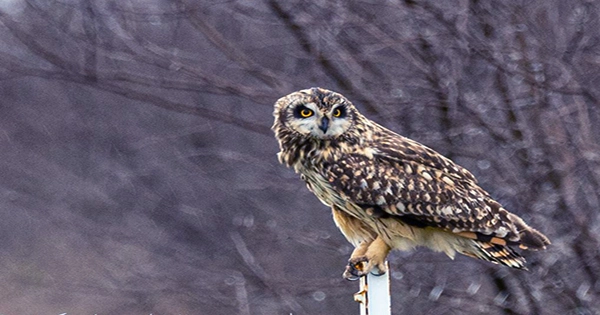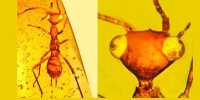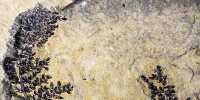Animals are notorious for deception. In order to be left alone, defenseless creatures will ride on the reputation of fierce combatants – and now, researchers have identified the first mammal to replicate the sound of stinging insects to repel predators. The greater mouse-eared bat (Myotis myotis) is the best imposter, weighing less than 30 grams (1 ounce) and having little chance against predatory 350-gram (12.3-ounce) barn owls (Tyto Alba). Barn owls, on the other hand, aren’t fond of stinging insects and the terrible venom they possess, therefore the bats took advantage of the situation.
“In Batesian mimicry, a non-armed species imitates an armed one to dissuade predators,” said Danilo Russo of Università degli Studi di Napoli Federico II in Portici, Italy, a co-author on new research in Current Biology. “Imagine a bat that has been captured by a predator but not killed. Buzzing might fool the predator for a fraction of a second, allowing you to flee.” Mimicry is more widespread in the visual realm, as evidenced by butterflies that frighten tiny birds by flaunting what appear to be owl eyes on their wings. There are also species that imitate more deadly species that are no longer extant, such as the scarlet kingsnake (Lampropeltis elapsoides), which mimics the poisonous eastern coral snake that was once common in the area (Micrurus fulvius).
Audio Batesian mimicry, on the other hand, is rare and has never been documented between mammalian and insect species. Russo first detected the bats’ vocal deceptions while mist-netting fieldwork, when he found that they “invariably [buzz] like wasps” when touched. Russo and colleagues compared the distress sounds of larger mouse-eared bats to those of four bug species to see if the “ruse” constituted to Batesian mimicry. Barn owls were then exposed to recordings of insects and the bats’ mimic buzzes to see how they would react.
The owls constantly backed away from the bats’ and stinging insects’ noises but listened for sounds of possible, non-painful prey. This response was also stronger in wild owls, who had more experience with stinging insects than the captive owls that took part in the study. The findings appear to show that the predatory character of owls has spurred the adaption of acoustic Batesian mimicry in a mammal mimicking an insect, demonstrating the baffling and intricate nature of evolution, according to Russo. “It’s a little unexpected that owls reflect the evolutionary pressure driving acoustic behavior in bats in reaction to stinging bug encounters,” Russo adds. “It’s simply one of many examples of evolutionary processes’ beauty!”














